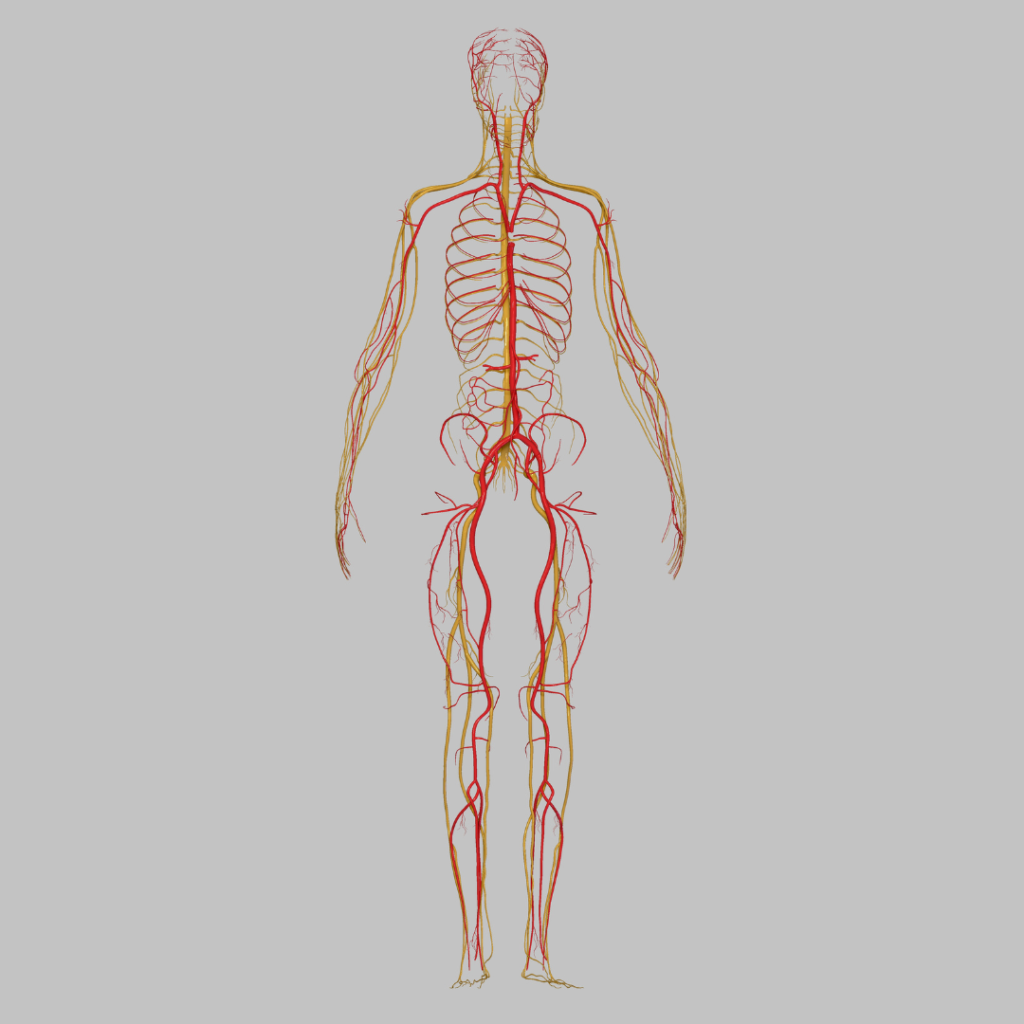Dr. Michael Keith, Dr. Harry Hoyen, Dr. Kyle Chepla
The aim of the Tetraplegia Management Clinic (TMC) is to restore upper extremity function to people who have a spinal cord injury utilizing innovative techniques. To accomplish this, we provide a thorough assessment of your current physical abilities. We will take time to discover your personal goals. As a team, we collaborate with you to determine the best course of action for your rehab journey. If you are eligible for more than one intervention, we will develop short term and long-term plans tailored to maximize your outcomes. Rehabilitation after a spinal cord injury is an ongoing journey. The TMC clinic was formed to help you choose the next best method for increasing your function and improving your abilities on this journey. A team of healthcare professionals including physiatrists, surgeons, nurses, researchers, and therapists will evaluate your current abilities. Based on your input and our assessments, a recommendation will be made about opportunities that exist for your next step of the rehab journey. The team may recommend stabilizing your health, seeking further therapy, waiting to let natural recovery occur, or considering a reconstructive procedure.
RECONSTRUCTIVE PROCEDURES
MetroHealth is a Model Center for Spinal Cord Injury and offers a variety of innovative surgical reconstructive procedures. You may be eligible for nerve transfers, tendon transfers, and/or a neuroprosthesis. All these options will be discussed with you to determine the best long-term plan for your health.
NERVE TRANSFERS

During the TMC clinic assessment, we may discover that you have nerves that work below your level of injury. A surgeon may be able to take those nerves and transfer them to a muscle that currently does not work. Over time the transferred nerve can regrow and begin to control the muscle that it was transferred to. The surgery will take a few hours. You will have movement restrictions only for a few days afterward. Nerves regenerate at a very slow pace, so it will take months to see even a flicker of movement in the newly reinnervated muscle.
TENDON TRANSFERS
The TMC evaluation may reveal that you have very strong movement in some of your arm. This indicates that you have more than one muscle contributing to the movement. When there are two muscles helping you move part of your arm, surgeons can move a tendon of one of the muscles to another location to provide new ability, for you. Tendon transfers require a few weeks of healing in a cast, followed by therapy to learn how to use your “new” muscles.
NEUROPROSTHESIS
Our evaluation may determine that your nerves are working, but the damage in your spinal cord prevents the muscles from moving on their own. You may be eligible for a neuroprosthesis. Since this technology is only available by participating in research, you will be offered information about current clinical trials.
WHAT’S RIGHT FOR ME?
We may find that you would be a good candidate for a nerve transfer. You may also have many tendons that could be transferred to provide new function. The team will discuss your options and work with you to personalize your planned interventions.
What’s the next step?
● Contact us to make an appointment.
● Learn about your intervention options.
● Ask questions!
● Decide what’s right for you!

Old Brooklyn Medical Center
4229 Pearl Rd
Cleveland, OH 44109
Phone: 216. 957.3571
